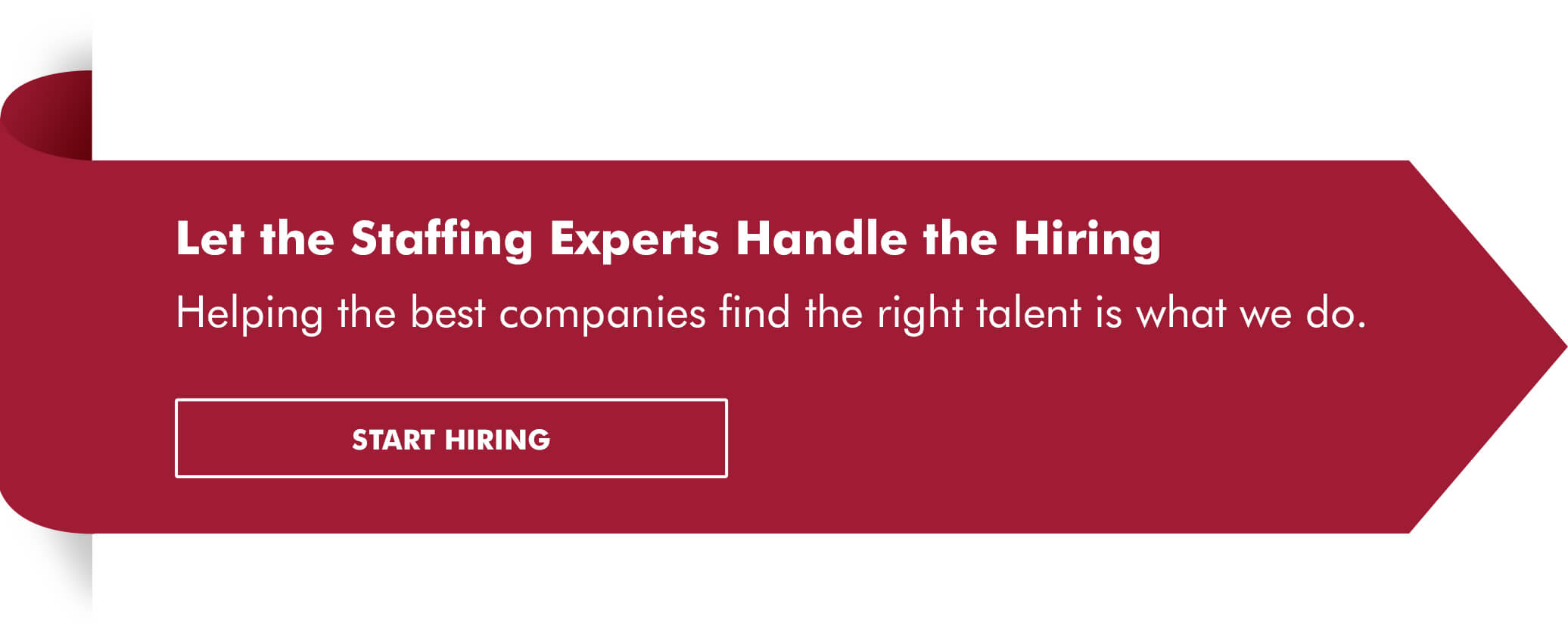A traditional mentorship arrangement in the workplace is a senior employee sharing knowledge and insights with a newer, usually younger, colleague. Reverse mentorship turns that concept on its head. In this scenario, the less-seasoned professional acts as the mentor, offering advice to a more experienced coworker.
If it sounds like an unusual, not to mention counterintuitive, arrangement, it’s getting traction in many companies — and for good reason. Here are five ways reverse mentoring can benefit junior mentors and their senior mentees:
- It broadens the perspectives of both professionals
- It facilitates the transfer of soft skills
- It helps build confidence
- It promotes lifelong learning
- It builds bridges between different generations in the workforce
1. It broadens the perspectives of both professionals
Reverse mentoring gives higher-ranking employees better visibility of the work done across the organization. Senior mentees who began with the company years ago may appreciate the chance to learn what entry-level employees are doing and the tools they’re using to do it.
For their part, less experienced workers get insights into the mentality needed to climb the ranks. And senior managers can dig deeper into areas that may have been less relevant when they entered the profession, especially with the widespread growth of technology and the appearance of concepts like flexible working and diversity, equity and inclusion.
2. It facilitates the transfer of soft skills
Digital technology has come to dominate many professions, and it’s no secret that this is one area where the younger generations have an edge. They’ve grown up around computers, the internet and social media, and they’re accustomed to integrating technology into their work.
Partnering with younger workers can help less technically minded leaders work more efficiently, perhaps using tools they’ve never encountered before. That’s not to say that every senior mentee should open a TikTok account but swapping notes with someone steeped in such platforms can improve their understanding of consumer trends and behavior.
3. It helps build confidence
Navigating the workplace can be tricky, especially for new hires who may be right out of college. As such, reverse mentoring can be an invaluable way to help younger, less-experienced employees gain confidence and start building their careers. Simply by sharing ideas and collaborating with more senior members of the organization, they’ll learn more about the company culture and sharpen soft skills that will serve them well as they grow in their roles.
4. It promotes lifelong learning
It’s easy for professionals who are further along in their careers to let their skills and knowledge get a little stale. But every day offers the chance to learn something new.
While it’s no substitute for a comprehensive upskilling and reskilling program, the experience of being paired with an up-and-coming colleague may inspire more tenured team members to reflect on how their role has evolved and consider ways to expand their skill sets.
Upskilling is trending upward. View results from a recent Robert Half survey on this topic.
5. It builds bridges between different generations in the workforce
Generational myths and stereotypes have no place in a healthy organizational culture. At the same time, a person’s age may indeed influence their work style — a professional in their sixties is more likely to enjoy speaking on the telephone than someone in their twenties, for example.
Mentoring and reverse mentoring arrangements help promote mutual respect between generations and an appreciation that a single problem can be approached in multiple ways.
How to launch a reverse mentoring program
If you’re ready to implement a reverse mentoring program, here are a few tips to get you going:
- Know your “why” — There’s a buzz around reverse mentoring right now, but that’s not reason enough to launch a program. Before you start, make sure you can articulate why you’re doing it and how it advances the goals of the business and its employees. It’s the first thing prospective candidates will want to know.
- Make it measurable — Setting some metrics from the outset will allow you to track your reverse mentoring program’s successes and shortcomings. Keep up with participants over the next year, two years or five years to see how the program has helped them in their careers.
- Involve the right people — When you’re just starting out, choose participants who are passionate about the program and likely to champion it to their colleagues.
Learning can always be a two-way street. By cutting across traditional hierarchies and empowering your less-experienced employees to guide their more experienced colleagues, you can build a learning culture in your organization where everyone feels invested in and valued.
For additional resources on mentoring, and to learn about International Mentoring Day, visit Mentoring.org.








